Home » Thermoform Inserts: Properties, Applications, and More
Thermoform Inserts: Properties, Applications, and More
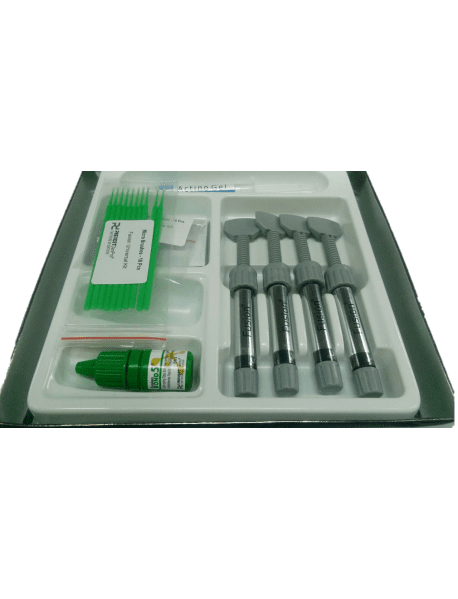
Thermoform inserts are a versatile and essential component in various industrial and consumer applications. They are produced through a process called thermoforming, where a plastic sheet is heated to a pliable forming temperature, formed to a specific shape in a mold, and trimmed to create a usable product. In this blog, we’ll delve into the properties, applications, and other relevant aspects of thermoform inserts.
Properties of Thermoform Inserts
- Material Flexibility: Thermoform inserts can be made from a wide range of plastics, including like PVC, PET and HIPS. Each material offers different characteristics like rigidity, clarity, and resistance to impact and chemicals.
- Durability: These inserts are known for their strength and durability. They can withstand significant impact and are resistant to many chemicals, making them suitable for protective purposes.
- Lightweight: Despite their strength, thermoform inserts are relatively lightweight, which is beneficial for reducing shipping and handling costs.
- Customizability: The thermoforming process allows for high levels of customization. Inserts can be formed into virtually any shape and size, accommodating a wide range of products.
- Aesthetic Appeal: Thermoform inserts can have smooth or textured surfaces, and can be transparent or colored. This makes them visually appealing and suitable for display purposes.

Applications of Thermoform Inserts
- Packaging Solutions: One of the most common uses of thermoform inserts is in product packaging. They are used to securely hold products in place, often seen in the packaging of electronics, cosmetics, and pharmaceuticals.
- Medical Industry: In the medical field, thermoform inserts are used for packaging sterile medical devices and equipment due to their ability to be sterilized and their contaminant-free nature.
- Automotive Industry: They are also used in the automotive industry for creating durable and lightweight parts, such as dashboards, door panels, and interior consoles.
- Food Industry: Thermoform inserts are used for food packaging, given their ability to be sealed for freshness and their compliance with food safety standards.
- Retail Display: Retail industries use these inserts for aesthetically pleasing product displays that protect the product while showcasing it effectively.
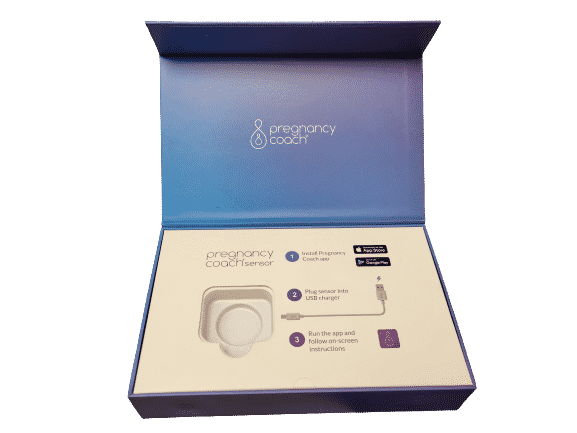
Advantages and Considerations
- Cost-Effective: Thermoforming is a cost-effective production process, especially for medium to large runs, making thermoform inserts a budget-friendly option.
- Environmental Considerations: Many thermoform plastics are recyclable, which is a crucial consideration in today’s environmentally conscious market. However, the choice of material and recycling programs available can affect this aspect.
- Design and Prototyping: The flexibility in design makes thermoform inserts ideal for custom applications. Rapid prototyping is often possible, allowing for quick turnaround from design to production.
- Limitations: While versatile, there are limitations in terms of the depth and complexity of shapes that can be achieved compared to other forming processes like injection molding.
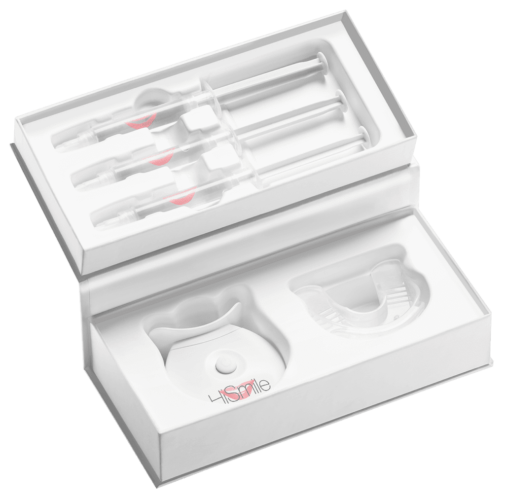
Conclusion
Thermoform inserts play a crucial role in various industries due to their unique properties like durability, lightweight nature, and customizability. Their applications range from packaging to automotive parts, showcasing their versatility. When considering thermoform inserts for a project, it’s essential to weigh factors like material properties, environmental impact, and design requirements to ensure they meet the specific needs of the application. With ongoing advancements in materials and thermoforming technology, the potential uses and benefits of thermoform inserts continue to expand.
In today’s competitive market, packaging affordability doesn’t start with cheaper materials — it starts with smarter design. Every score, fold, and insert decision affects not
Every brand is feeling the squeeze — higher raw material costs, volatile freight rates, and a consumer base more price-conscious than ever. But cutting packaging
Corrugated board comes in multiple flute sizes and wall grades, each designed to balance strength, weight, and cost. Selecting the wrong grade can lead to
As tariff changes reshape global trade, packaging buyers moving production from China to the U.S. or nearshore regions face a new challenge: supplier qualification. Transitioning
With new tariff proposals and continued trade uncertainty, 2026 is shaping up to be another pivotal year for packaging sourcing strategy. Many companies that shifted
Following multiple rounds of tariff changes and trade policy adjustments, 2026 marks a turning point for U.S. packaging buyers. Many who previously transitioned from China
Home » Thermoform Inserts: Properties, Applications, and More
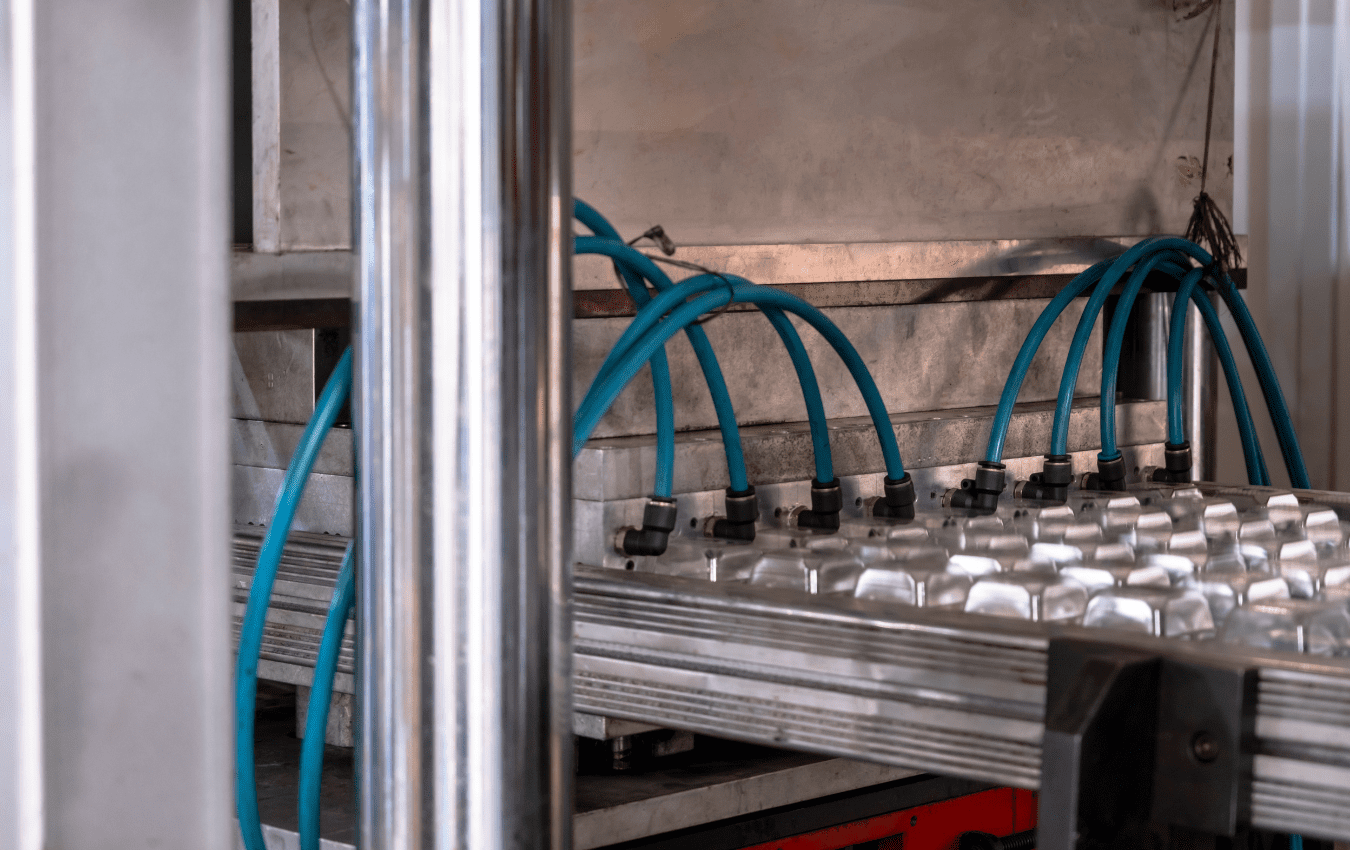
The packaging industry has been subjected to vast shifts in focus over the past few years. With the growing awareness of sustainability issues and the
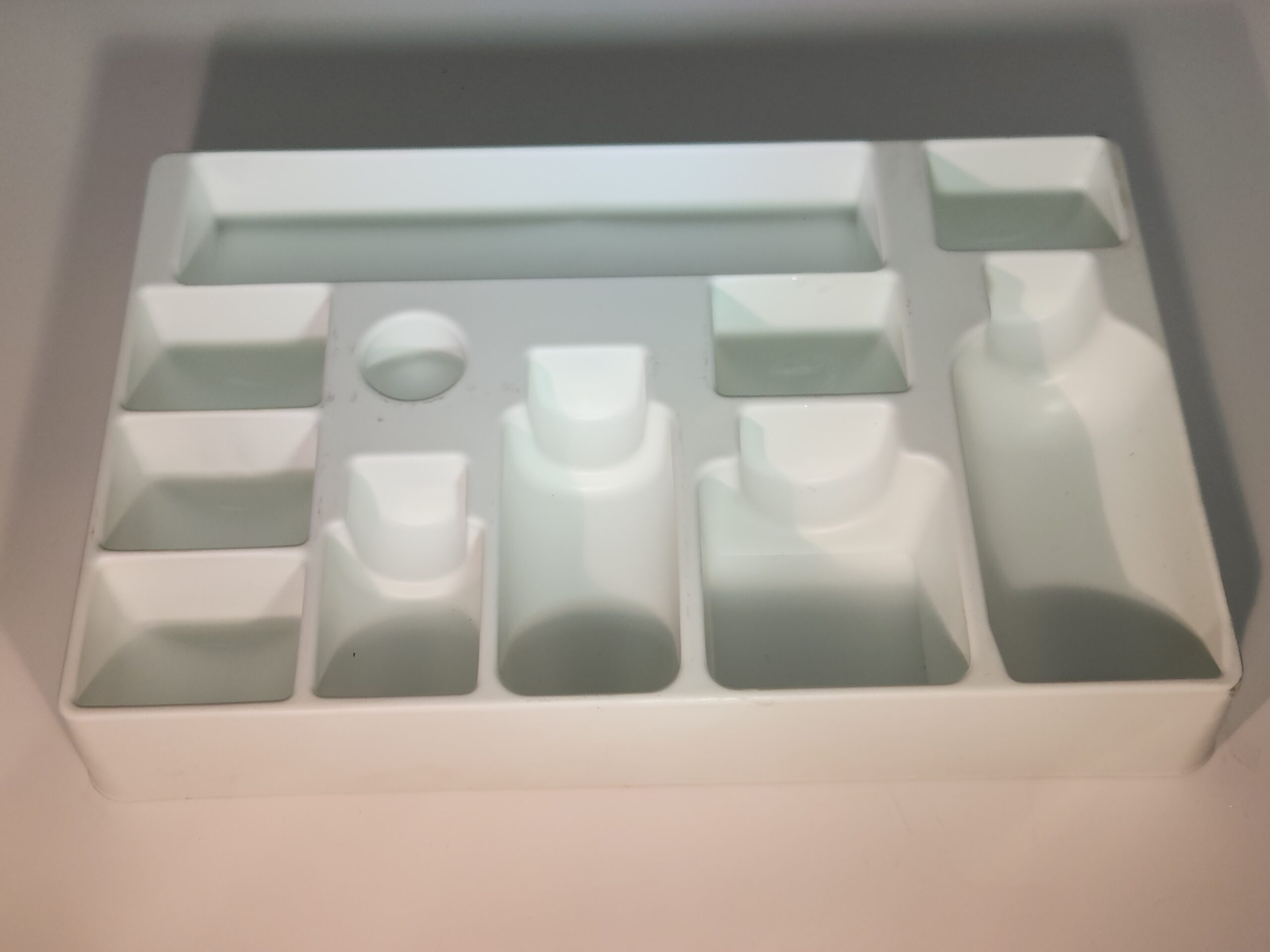
Polypropylene, often referred to as PP plastic, is the second most widely used plastic globally, praised for its remarkable durability, strength, and resistance to various
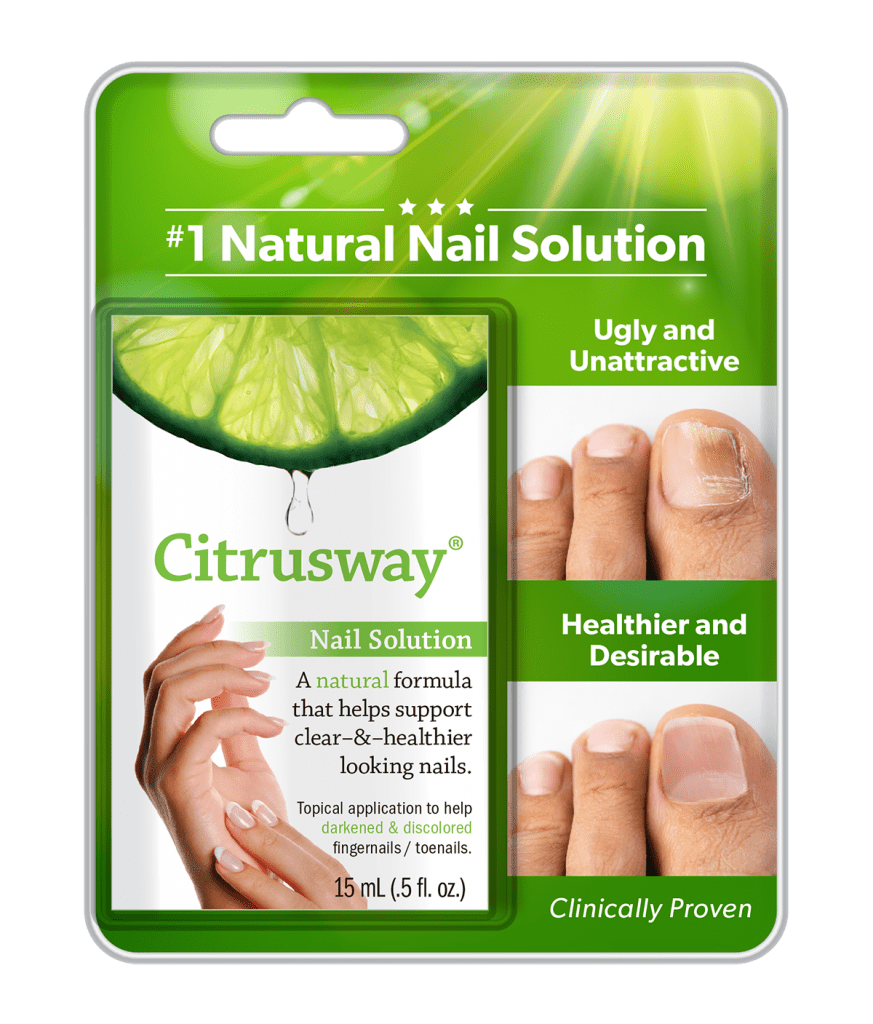
Polyvinyl chloride, commonly known as PVC, is a widely used plastic in the packaging industry, celebrated for its versatility and durability. PVC’s unique properties make


